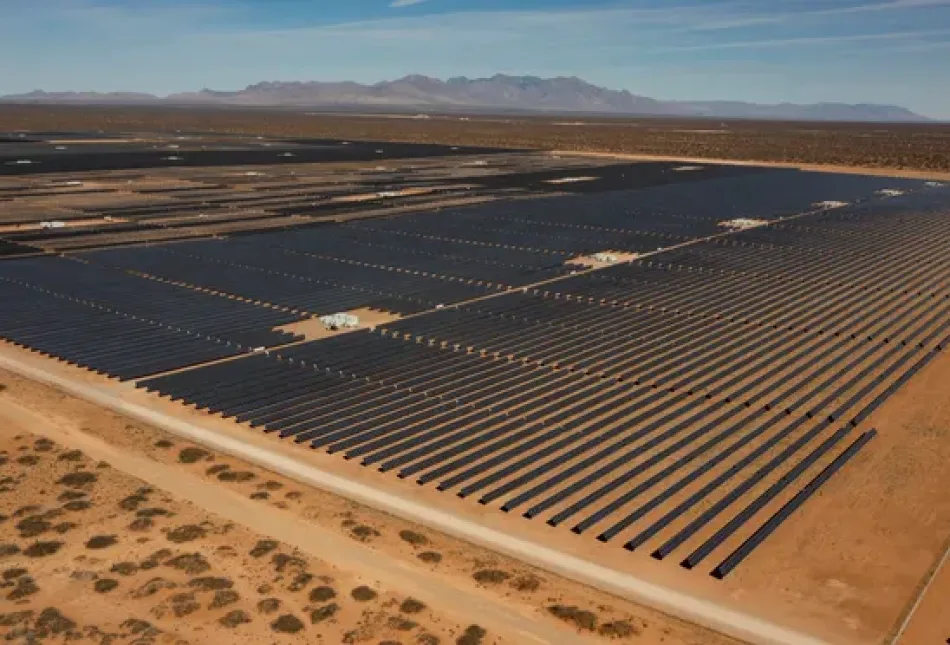New Mexico costly energy regulations to begin hitting home

One of many problems with government regulations is that politicians who embrace them often postpone their impact in ways that push the actual costs of those policies into the future. That way people forget about them and move on to more immediate concerns and sometimes the worst issues with the policy don’t even take effect until after the politicians who enacted it no longer occupy that office.
Specifically, the Energy Transition Act of 2019 will do great harms to New Mexicans, but those harms are only starting to be acknowledged. Here’s an article from the Albuquerque Journal. The entire article is worth a read, but here are a few:
So how can the electricity companies afford to pay for new renewable energy facilities or acquire the clean energy otherwise? A University of New Mexico finance professor thinks the solution will likely be price increases and mergers.
“They have to retire plants that aren’t producing clean energy. They have to build plants that produce clean energy or acquire that electricity from somewhere else,” he said. “All of that costs money.”
He said raising money is more expensive right now, too, because interest rates are higher.
“It is a very, very challenging scenario for utility companies to achieve these targets,” he said.
The investor-owned utilities will likely push harder for price increases in the next decade or more, White said.
A second article also from the Albuquerque Journal notes that so-called “community solar” will have steep costs for rate payers as well. According to the article:
It’s not going to be cheap to upgrade an aging power grid to take on nearly 200 megawatts of community solar energy.
It will cost $120 million between the three investor-owned utilities that provide electricity to a majority of New Mexicans
Those 200 megawatts will generate just 2% of New Mexico’s 9,098 Megawatts of electricity consumed.

